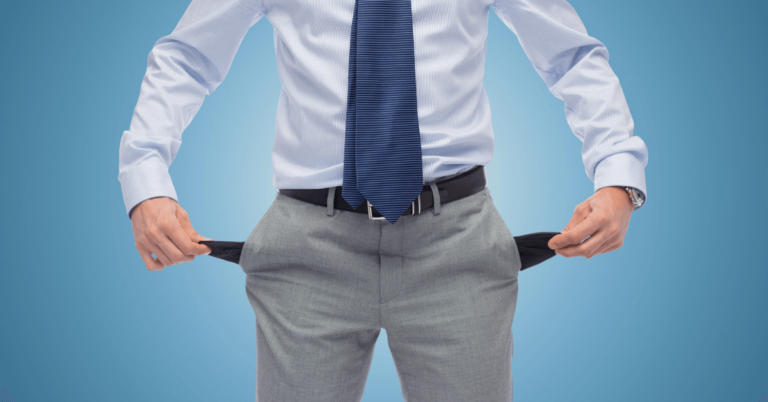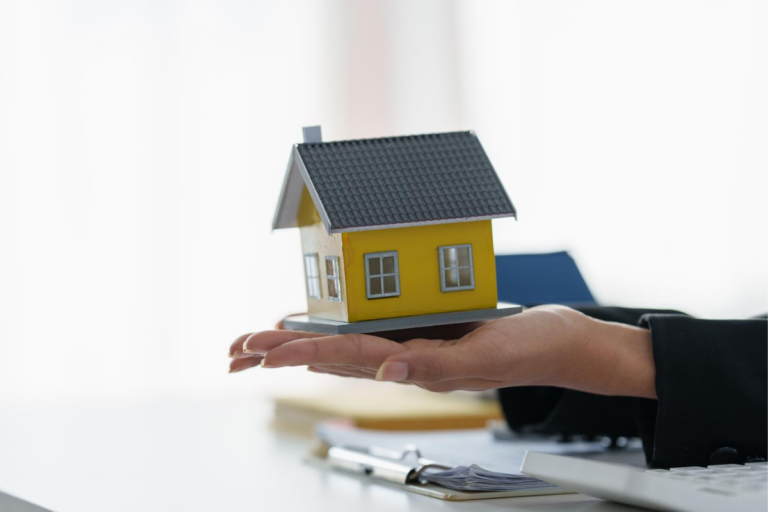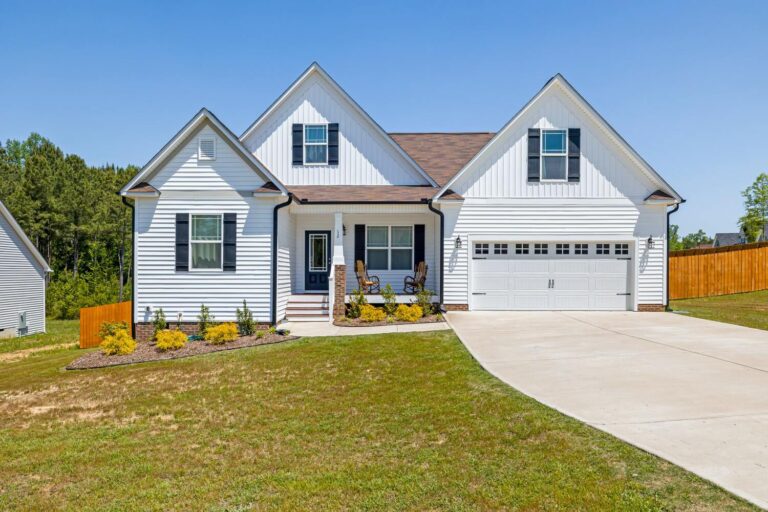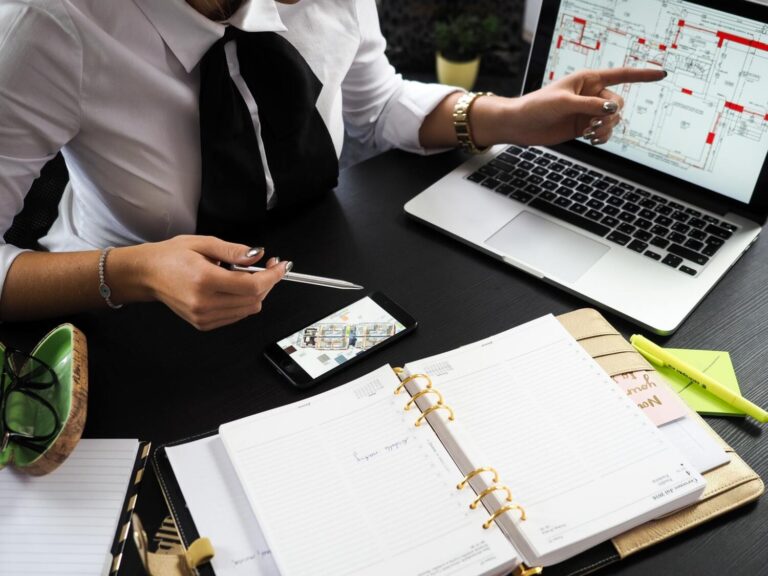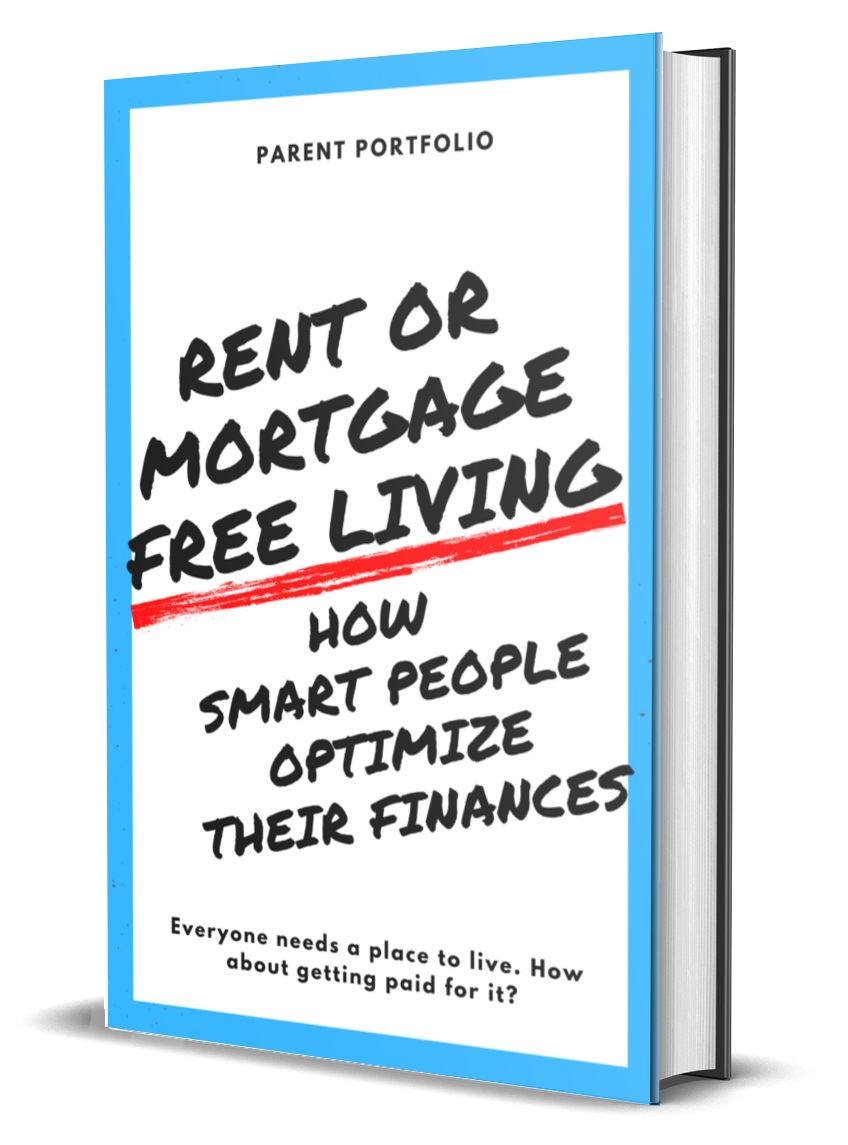BRRRR Calculator + Examples To Learn How To Do The BRRRR Method

The BRRRR method is a strategy used by “Buy & Hold” investors. The overall idea with the BRRRR method is that an investor would be able to recoup their initial investment (i.e., down payment, rehab expenses) and put it towards another property.
This strategy is what I strive to accomplish every time I look for a potential investment property. Honestly, I call my first investment an accidental BRRRR.
My initial plan was to put a 20% down payment on a property and continue to save with hopes of buying the next property two years later.
When we met with our banker, she used many financing terminologies we were not familiar with. For example, she was using terms like “Line of Credit,” “Interest Only Loan,” and “Cash-Out Refinance.”
All of those terms went over my head!
She has many real estate investor clients; So, we trusted that she knew what she was doing.
I tried asking questions via email, but I tried to avoid asking too many questions. I was concerned I would be annoying and that our banker would no longer want to work with me.
After I made improvements to the property, my banker scheduled an appraiser. She then refinanced my loan and gave me back my initial down payment.
That’s when I realized I did a BRRRR!
Looking back on it, I would have been too impatient to wait for two years to buy my next property. However, with the BRRRR method, I could buy two properties within my first six months of investing!
What Does BRRRR Method Stand For?
BRRRR is an acronym that stands for Buy, Repair, Rent, Refinance, and Repeat (others call it Buy, Rehab, Rent, Refinance, Repeat). Though not all investors may be familiar with the acronym, the BRRRR method is a common strategy among investors.
What Kind Of Properties Are Best For The BRRRR Method?
Undervalued or distressed properties are ideal for this strategy. However, the process requires that an investor add value to the property through improvements to increase the property’s market value.
Therefore, turnkey properties are not suited for this strategy because sellers list them at their maximum market value.
I am NOT saying that turnkey properties are bad investments. I am saying that turnkey properties do not allow investors to recoup their initial investment to increase the property’s after repair value (ARV).
Also, check out Roofstock.com. It’s an online real estate marketplace for buyers of investment properties. Receive alerts on properties that match your crystal clear criteria and make an offer online.
Good news! We’ve developed a course to share with you how we acquired three investment properties in our first 18 months, grossing over $4,000 a month.
SIGN UP NOW AND SAVE AN EXTRA 30 TODAY%!
How To Do The BRRRR Method
Below I will walk through an example to help explain the method. Therefore, all the numbers are relative to one another. Although there are different ways to implement each phase, in general, the strategy is always the same.
I’ve included a BRRRR calculator at the end of this post. You can use this to analyze future potential investments!
Here are the details of the property:
- Listing Price: $100,000
- Square Footage: 1,400 sq. ft.
- Type: Singe-Family House, two bedrooms one bathroom

First Step: Buy Rehab Property
If you don’t have enough cash to make a full cash offer, there are several ways to still invest with no money. After all, capital is required when purchasing a property. This strategy is accomplished by leveraging other people’s money in the form of a short term loan.
Here are a few no money options:
- Bank dancing, which usually requires a 20% down payment
- Hard money loan from hard money lenders
- Private money from friends or family members
However, making full cash offers does provide more advantages compared to bank financing.
Banks have specific requirements before approving a purchase. For instance, some banks require that the property’s appraisal value meet or exceed the purchase price.
With cash offers, there are no restrictions that allow the buyer to close on the property sooner. Furthermore, I’ve seen cash offers get accepted below the asking price!
In this example, a seller lists a house for $100,000. Therefore, we’ll use a bank to finance 80% of the purchase price while making a 20% down payment with $1,000 in closing costs.
- Loan Amount: $80,000
- Total Initially Invested: $20,000 + $1,000
In this phase, our banker creates a 6-month interest-only loan. We have six months to improve the property before we had to pay back the loan entirely. We were only required to make interest payments for the loan.
In this example, we’ll also assume an interest-only loan with an interest rate of 5.25%.
- Interest Rate: 5.25%
- Monthly interest for 6 months: Loan Balance x Interest Rate / 6 months = $80,000 x .0525 / 6-months = $700/month
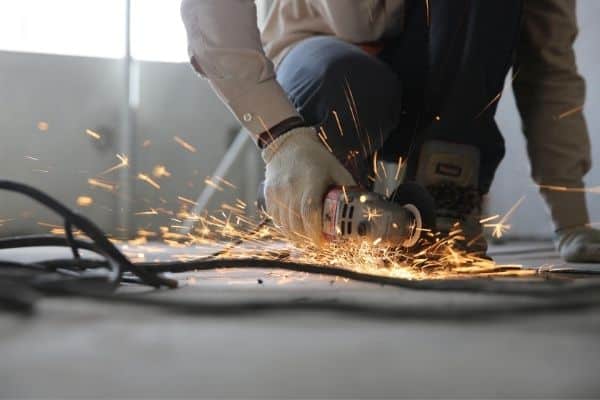
Second Step: Rehab Property
In this phase, improvements are made to the property to increase the market value of the property.
However, it’s straightforward to go over budget and schedule! I recommend visiting a property with a trusted contractor who can give you an accurate estimate of the rehab project.
Furthermore, since you are making improvements to the property, this reduces the chance there are any significant repairs within the first couple of years.
Be conservative with your rehab budget by adding a buffer for unexpected expenses.
Also, be mindful of how long the project will take. If you are financing the project, then monthly interest payments also need to be accounted for.
In this example, we’ll convert a space in the house into a legal bedroom. Therefore, the house converts from a 2-bedroom 1-bathroom to a 3-bedroom 1-bathroom!
The rehab cost to create this additional bedroom is $8,000 and only took one month to complete:
- Rehab Cost: $8,000
- Interest Payment: $700
- Total Rehab Cost: $8,700
Third Step: Rent Property
After an investor makes improvements, they can market the property to potential tenants.
For this example, the rent for a 3-bedrooms 1-bathroom for the area is $1,400.
- Monthly Rental Income: $1,400

Fourth Step: Refinance Property
Some banks require that you hold a property for at least a couple of months before you can refinance with them. This waiting period is also known as a seasoning period.
During that time, the market value of comparable houses could change!
In this phase, the initial loan will be refinanced into a term loan via a cash-out refinance. You will then use the cash to pay off the first interest-only loan and your out-of-pocket expenses.
Appraisal
First, the bank will hire an appraiser to do an independent valuation of the property. The appraiser will look at recently sold comparable properties in the area.
Depending on the market, that valuation could be high or low.
Therefore, when trying to estimate a property’s potential valuation. I would recommend using the lowest purchase price of the recently sold properties.
This selection will avoid the surprise and emotion that comes with receiving a low valuation.
In this example, the appraiser will value the property for $160,000. We made $8,700 worth of improvements and increased its value by $60,000!
- Appraisal Valuation: $160,000
New Term Loan
The bank will then create a new long term loan based on a percentage of the appraisal valuation. This percentage is known as loan-to-value (LTV). Usually, the LTV ranges from 75-80%.
Fun fact: Banks use to give LTVs for 125%! However, this was in 2008. The market crashed, and people were over-leveraged.
In this example, the bank will give us an LTV of 75%. Therefore, the bank will create a loan for $120,000. The loan will be a 30-year term with a 5.25% interest rate.
Term Loan Details:
- Term Loan Balance: $120,000 (75% of $160,000)
- Refiance Closing Costs: $2,000
- Term Length: 30 years
- Term Interest Rate: 5.25%
- Monthly Mortgage Payment: $663
- Monthly Insurance & Taxes: $200
Let’s review all the numbers:
- Interest-Only Loan: $80,000
- Total Initially Invested: $21,000
- Total Rehab Cost: $8,700
- Refinance Closing Costs: $2,000
- Term Loan Balance: $120,000
The cash from the term loan will first pay off the interest-only loan of $80,000 and refinancing closing costs, such as total loan fees, term loan origination fee, title search, title search, etc. In this example, the closing cost is $2,000, leaving $38,000 available.
Next, the cash will pay off the total initially invested amount of $21,000, leaving $17,000 available.
Lastly, the cash will pay off the total rehab cost of $8,700, leaving $8,300 available.
After paying off the interest-only loan and recouping our initial down payment and rehab costs, there is still cash available!
There are a few things to consider in this scenario:
- Have a lower LTV?
- Reduce the term length?
- Put the extra $10,000 towards another investment property?
Having a lower LTV allows you to keep more equity and have a lower mortgage payment. A lower mortgage payment means more cash flow!
Another option is to reduce the term length to a 15-year loan. The monthly mortgage payment with the same term loan interest rate would be $965.
In our example, the rental income of $1,400 can still support that mortgage payment. Having a lower term can also qualify you for a lower interest rate lowering mortgage payment!
You could also use the extra $8,300 towards another investment property (and repeat)!
Step Five: Repeat
The last phase of the BRRRR method is “Repeat.”
Based on our example, we were able to recoup the entire out-of-pocket expense of $29,700. Also, there is an additional $8,300 available from the cash-out refinance.
That is a total of $38,000 that you can use on another investment property! This process is how you can use the BRRRR method strategy to scale your real estate portfolio.
BRRRR: Pros vs. Cons
Pro
- Recoup your initial investment to go towards another property
- Fewer repairs within the first couple of years
Con
- Finding BRRRR deals that allow you to recoup 100% of your initial investment can be difficult, especially in a market with low inventory.
- The cash-out refinance balance depends on the appraisal valuation. The current market and what properties recently sold will dictate your property’s value.
Doing a cash-out refinance sells your equity away. In the example, the bank created a loan for an LTV of 75%, leaving us 25% equity to own. If we didn’t refinance the loan, we would have still owned 50% of the equity.
Free BRRRR Calculator
Final Thoughts & Recommendations
There is a saying among real estate investors that you make your money going in! The BRRRR strategy is a great way to scale your real estate investing strategy.
By now, you should have understood the general process of how to execute the BRRRR method. From the example, you can see how purchasing a property at the right price and accurately estimating rehab expenses can lead to SUCCESS!
When analyzing an investment property, I strongly recommend using conservative numbers. You should also apply conservative numbers to your rehab budget and your estimated appraisal value.
Anticipate that you will go over budget and schedule. Check out the book “The Book on Estimating Rehab Costs” By J. Scott.
After you make improvements, expect that property will be valued closer to the lowest, recently sold, comparable property.
As an investor, you need to avoid getting emotional and focus on the numbers! The numbers will tell you if it truly is a good deal and if it can handle unexpected financial downturns.
The BRRRR method can enable you to scale your real estate portfolio. However, you could over-leverage yourself into the poor house. Make sure you have enough cash reserves to support three to six months of rent for each property.
One of my real estate agent’s clients had tenants who were not able to pay their rent. As a result, he lost one month’s rent for 10 of his properties!
Lastly, but most importantly, build a good relationship with a local banker. If you have a stable relationship with a banker, they can easily support and finance your investments!
